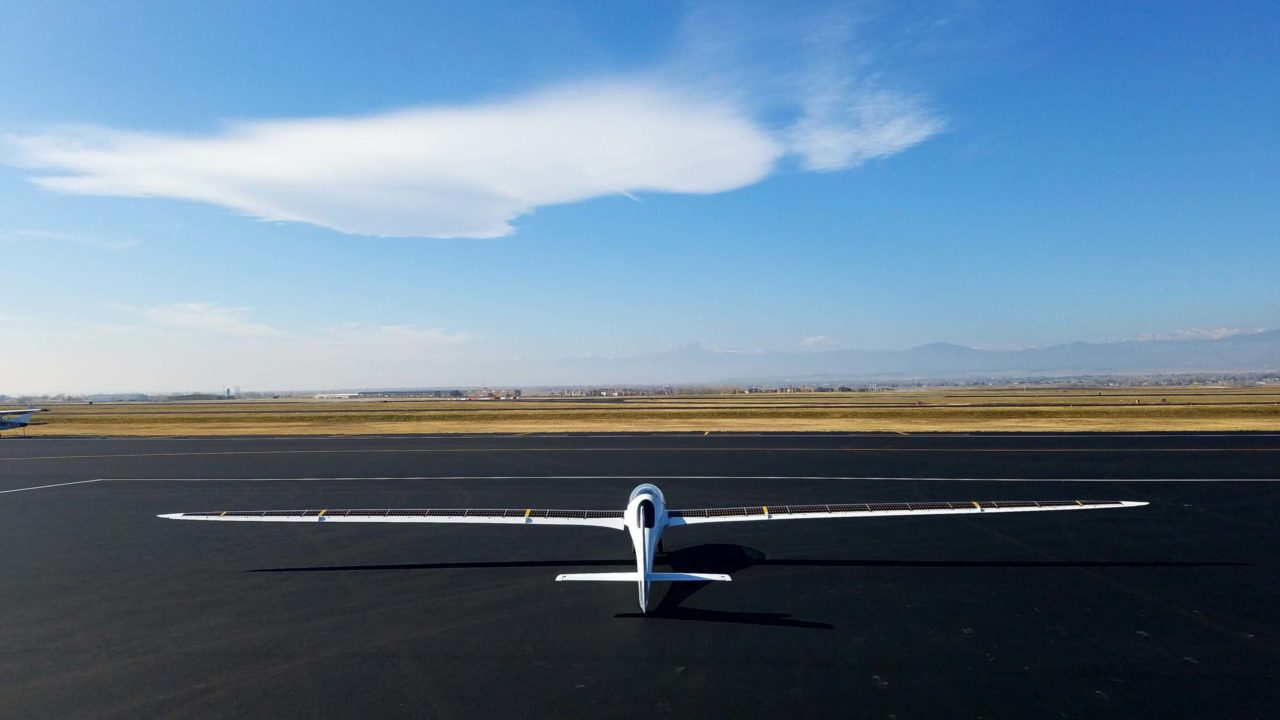While SolAero provided technical data for the Solar Performance Index calculations in an earlier piece, What the US Navy’s solar drones tell us about thin-film solar’s potential, their responses to my questions merited separate attention.
SolAero Technologies Corp, the leading provider of solar cells and solar panels to satellite and spacecraft OEMs, was formed when private equity firm Veritas Capital acquired EMCORE’s Space Photovoltaics business from EMCORE Corporation for US$150 million in 2014.
Try Premium for just $1
- Full premium access for the first month at only $1
- Converts to an annual rate after 30 days unless cancelled
- Cancel anytime during the trial period
Premium Benefits
- Expert industry analysis and interviews
- Digital access to PV Tech Power journal
- Exclusive event discounts
Or get the full Premium subscription right away
Or continue reading this article for free
Ken Steele, Director of Integrated Products, SolAero Technologies, answered my interview questions on SolAero’s solar UAV strategy, market requirements, and pricing.
What is the SolAero strategy for UAVs?
Ken Steele: SolAero’s strategy is to provide the UAV market reliable, robust, high-value solar power solutions for all tactical, surveillance/inspection, MALE and HALE applications leveraging our 20-year heritage (production capacity of 500kW per year) of high performance and high-reliability space solar power solutions, our systems engineering approach and vertical integration capability with composite materials.
SolAero and its subsidiary, Alliance Spacesystems, represent the world’s only vertically integrated supplier of solar cell-composite structural products, which uniquely positions the company to partner with UAS OEMs and their customers to achieve enhanced system performance. SolAero and Alliance have now successfully demonstrated solar wing design and fabrication capabilities on three distinct UAS platforms, underscoring the flexibility of the solution and its affordability for a range of applications.
For the small UAV market, do your customers prefer the thinnest and lightest cells or is there a reliability tradeoff?
KS: Small UAVs customers with limited wing area (less than 400W of power) initially want very low mass to minimize the impact of the integrated solar cell sheet on their flight dynamics and operational range. However, during field testing, reliability and robustness become significantly more important criteria.
Always a very sensitive topic, what can you say about pricing? Is there an official list price for a single cell or QTY 1000?
KS: We have priced large quantities (>10,000 cells) at less than US$100 per Watt. In quantities of 1,000, our prices are in the low to mid US$100 per Watt range depending on the level of integration.

The Solar-Soaring UAV programme results were updated in the recent the IEEE PVSC-45 paper, “Solar Technology Comparison for Wing Integration in Unmanned Aerial Vehicles” by David Scheiman, Raymond Hoheisel, Daniel Edwards, Andrew Paulsen, Justin Lorentzen, Woojun Yoon, Steve Carruthers, Sam Carter, Matthew Kelly, Phillip Jenkins, and Robert Walters. On solar wing material costs, the US Naval Research Laboratory (NRL) researchers said:
“Costs are decreasing as manufacturing and availability improve, however none of the technologies demonstrated here will be cheaper than Si. The costs can vary by a factor of 300 with SunPower cells below US$3/W, then Alta Devices, MLD, SolAero and Sharp much higher. Pricing is not fixed and subject to vendor discretion.”
However, in volume, SolAero cells appear to be priced much lower than this rather high multiple compared to high-efficiency crystalline silicon cells.






